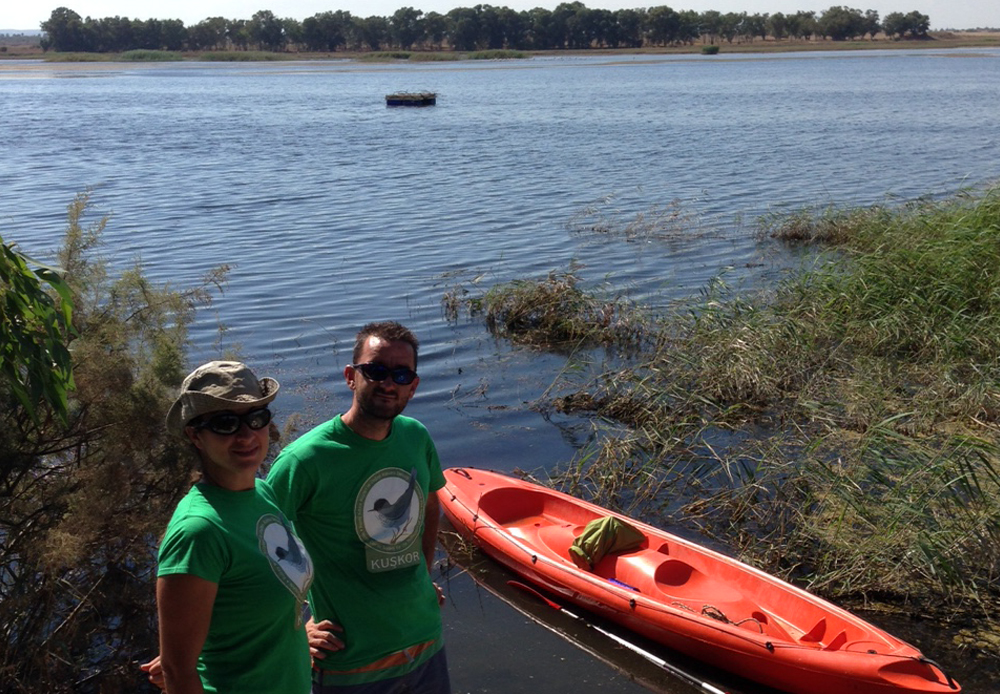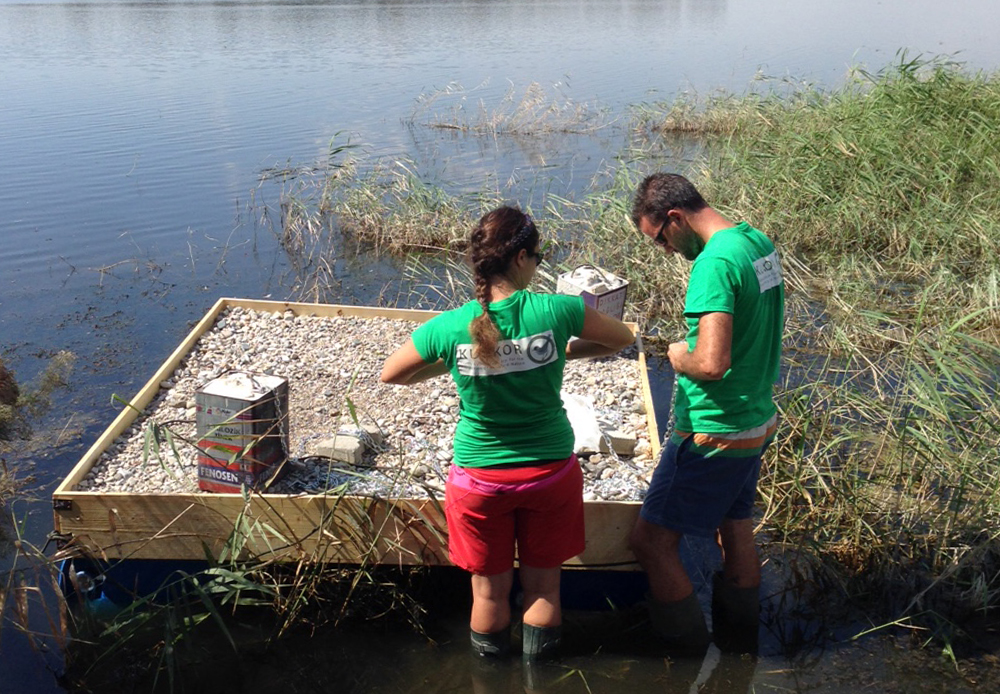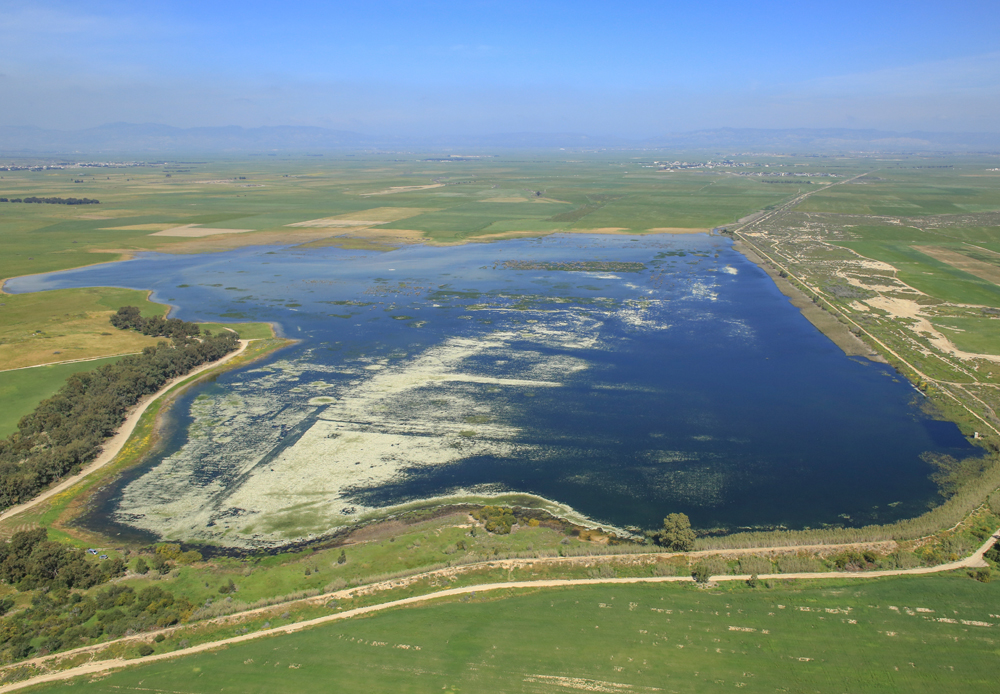
A First in North Cyprus: Floating Islands for Birds
During the Hotspot for Birdwatchers: Kukla Wetlands Birdwatching Centre Project, funded by EU and run with collaboration of Municipality of Beyarmudu, we faced a very serious problem: Stray Dogs! During May we realized a number of dogs at the site and they started to increase in numbers and frequency. Meanwhile, we began to observe small numbers of individual dead birds at waters’ edge which was puzzling, until in June we saw the dogs going in and taking waterfowl!
As well as killing birds directly, many others may fail their migration to breeding grounds, or be in too poor condition to breed, as disturbance from dogs forces them to dedicate time to escaping predation, rather than foraging during this critical period. Furthermore, where birds are flushed from nests, chicks and eggs will be lost to predation by harriers and crows. Each dog is therefore likely responsible for the death or reproductive failure of many birds due to their constant presence.
The relevant TRNC legislation states that municipalities are responsible of dealing with stray dogs; they have to catch them and look after them in a shelter and it is not permitted to put a healthy dog to sleep. However, municipalities do not have the capacity to do this and so there is no solution to the problem.
We decided that in order to provide for some breeding birds, it might be best if we provide islands within deep water where these birds can rest away from these dogs. Our initial plan was to excavate and landscape islands that would be surrounded by water throughout the breeding season, until the wetland dries out in late summer, as it usually does. However, this year for the first time in many years, Kukla stayed wet through the autumn, so we have been unable to get excavators in to do the work.
As a compromise, on 5th of October we implemented our first prototype floating island; a 2x2m square wooden platform covered with shingle. This island will provide a refuge for birds from stray dogs and foxes and its shingle surface will, we hope, provide and attractive nesting habitat for terns. Many tern species visit the site, but none have been recorded nesting to date.
We hope to see some birds using the raft during the coming spring. Although by no means is it indicative of success, one late autumn migrant whiskered tern was seen using the raft in early November during a KUŞKOR field trip.
Thanks to Mermaid Fabrics in Karakum for logistical support.



